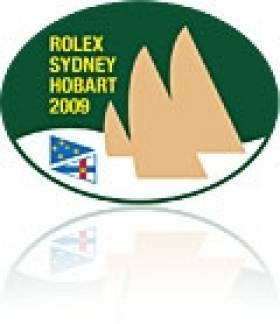Displaying items by tag: Breakthrough
Sailings by Isle of Man Steam Packet Return to Scheduled Service after Breakthrough
Flagship ferry Manxman has returned to normal service on the Douglas-Heysham route which resumed with twice a day crossings that include evening and overnight sailings.
The move as IOMToday reports, follows a breakthrough between the Isle of Man Steam Packet Co. and a seafarers’ trade union working on the flagship which was introduced last summer.
Crew members of Nautilus International working on board Steam Packet vessels ceased industrial action after the government owned ferry operator withdrew its termination letters.
On both sides of the dispute, they have committed to further talks and arbitration if necessary.
The Steam Packet announced last week that it would be cutting the number of crossings by Manxman each day, to just one return sailing for over a period of two weeks.
As for the reduced frequency of sailings, this arose as one officer had to unexpectedly take leave from duties, citing personal reasons.
Irish Crew Vying for Overall Sydney–Hobart Lead
#rshyr – Irish crewed yacht Breakthrough is an estimated two hours off the overall handicap lead at the halfway stage of the 635–mile Sydney–Hobart yacht Race. Lead by top Irish offshore sailor Barry Hurley, the New South Wales entry from Jonathan Stone and Mathew Vadas is lying 33nm SE of Gabo Island in third place in the 109–boat fleet. After its second night at sea Breakthrough has still to sail 382.5 miles to the Tasmanian finish.
Hurley has on board Dublin Bay sailors Alexander and Kenneth Rumball and Catherine Halpin along with a local Sydney crew. The Aussie–Irish team are currently behind Roger Hickman's Wild Rose and Ron Foster's Ariel on IRC handicap.
Prior to his departure Hurley wrote about preparations for his third successive Sydney–Hobart race.























